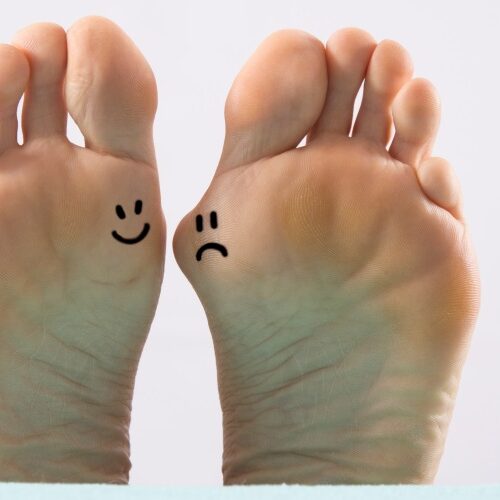Carefully choosing the right type of sandals and flip-flops can prevent foot issues that could derail your summer plans! Plus, foot care 101 from a podiatrist!
Tag: Dr. Alissa Redding
Post
Bunions: More Than Meets the Eye
Bunion deformities are as varied and complex as the individuals that have them. Podiatrist Dr. Redding explains what they are and non-surgical and surgical treatment options.
Post
Shoe Shopping Advice for Back-to-School
With the end of summer quickly approaching, the time has come to prepare for back-to-school shopping. Here are some tips to help with shoe shopping - the best quality, fit, and more.
Post
How to Prevent and Treat 3 Common Foot Problems of Summer
Dry heels, blisters, and ingrown toenails (plus corns and calluses) are common foot conditions, but they don’t have to be yours! Podiatrist Dr. Redding has advice.





